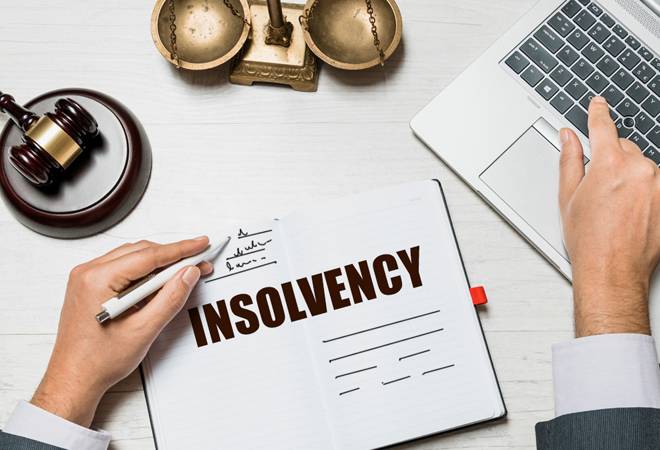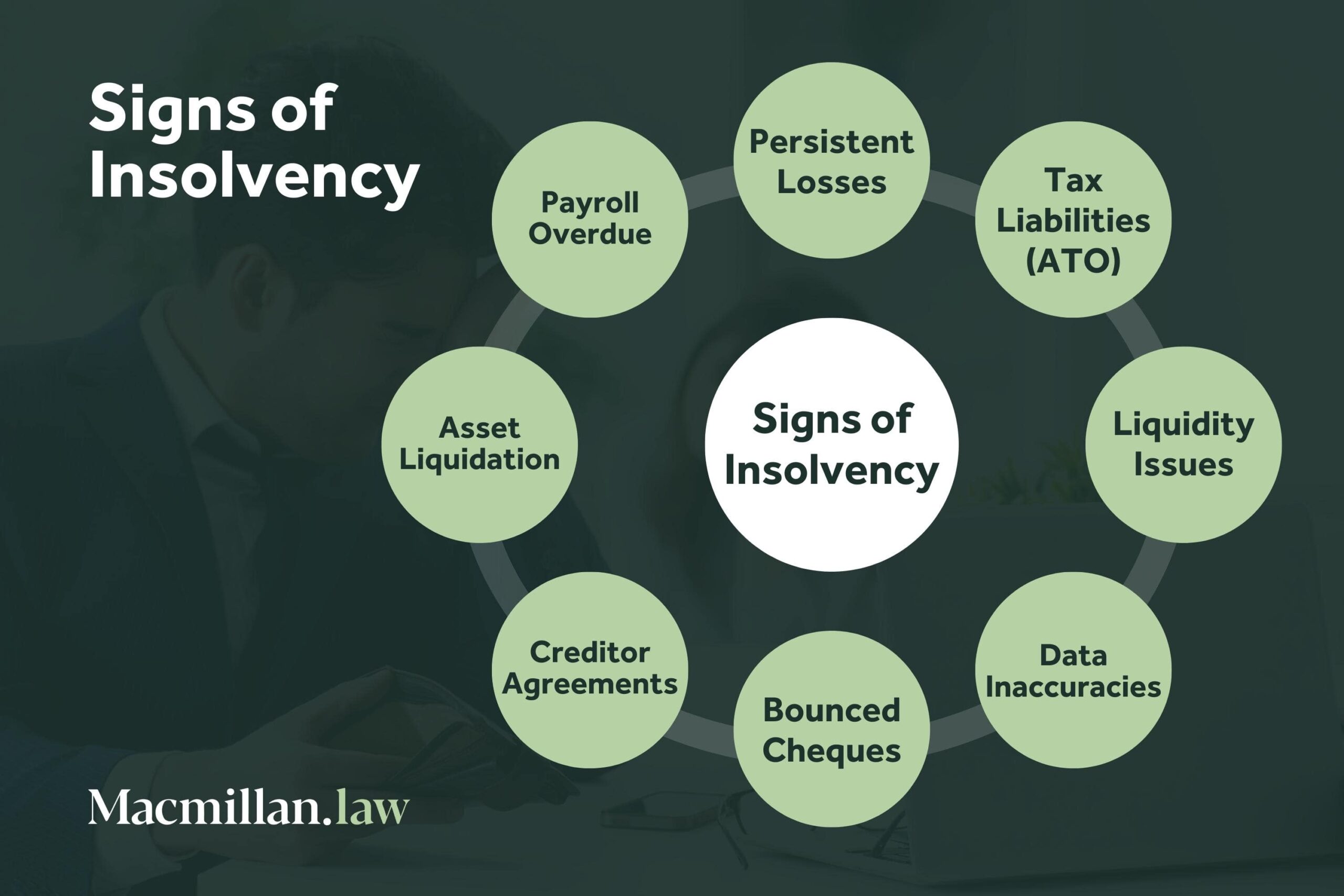See This Report about Insolvency Practitioner
See This Report about Insolvency Practitioner
Blog Article
Some Known Facts About Insolvency Practitioner.
Table of ContentsAn Unbiased View of Insolvency PractitionerRumored Buzz on Insolvency PractitionerThe Best Guide To Insolvency PractitionerSome Known Factual Statements About Insolvency Practitioner Insolvency Practitioner Can Be Fun For EveryoneThe Greatest Guide To Insolvency PractitionerThe Only Guide to Insolvency Practitioner
Insurance is checked and managed by state insurance policy divisions, and among their primary purposes is shielding policyholders from the danger of a business in financial distress. When a company gets in a duration of economic trouble and is not able to satisfy its responsibilities, the insurance coverage commissioner in the business's home state launches a processdictated by the laws of the statewhereby initiatives are made to help the company reclaim its economic ground.If it is figured out that the company can not be refurbished, the business is declared financially troubled, and the commissioner will ask the state court to get the liquidation of the company. The insurance policy commissioner, either designated by the governor or chosen, heads the state insurance policy division and screens and controls insurance task within the state.

By getting control of a firm, the commissioner (or the insurance policy division) is, by regulation, the rehabilitator or liquidator of the firm. In this ability, the commissioner or division takes control of the business's procedures. Rather than do so directly, the commissioner may retain an unique replacement receiver to manage the company's activities.
The Single Strategy To Use For Insolvency Practitioner
The receiver oversees an audit of the business's assets and liabilities and carries out the estate of the business. In doing so, the receiver seeks to make best use of the firm's properties, transfer them to cash money, and afterwards distribute that cash to lenders having valid insurance claims against the insurance provider in conformity with repayment priorities defined by state law (in all states, insurance policy holders are top priority plaintiffs whose claims are paid prior to those of general financial institutions).
All insurer (with restricted exceptions) accredited to sell life or wellness insurance or annuities in a state must be participants of that state's warranty association. The guaranty organization accepts the commissioner and the receiver in pre-liquidation preparation. Once the liquidation is bought, the warranty association provides protection to the firm's insurance policy holders who are state citizens (approximately the levels specified by state lawssee listed below; any benefit quantities over the warranty asociation benefit degrees come to be cases against the business's continuing to be properties).
The above protection levels use separately for every bankrupt insurance company. [Back] When an insurance company stops working and there is a deficiency of funds needed to satisfy the commitments to insurance policy holders, state warranty organizations are turned on. Warranty organizations have two primary sources of funding when offering protection to insurance holders. Warranty organizations have subrogation civil liberties to a proportional share of the properties continuing to be in the fallen short insurance firm.
About Insolvency Practitioner
Second, insurance companies doing service in that state are examined a share of the amount needed to meet the part of the guaranty organizations' covered cases not otherwise funded with estate properties. The amount insurers are examined is based upon the quantity of premiums that they gather because state. [Back] The National Organization of Life and Health And Wellness Insurance Warranty Organizations (NOLHGA) is made up of the life and medical insurance guaranty organizations of all 50 states and the Area of Columbia.
NOLHGA establishes a task pressure of depictive warranty organizations to deal with the insurance policy commissioner to create a strategy to protect insurance policy holders. To learn more on NOLHGA's duty in the procedure, see "What Is NOLHGA?" and "The Safeguard at the workplace." [Back]
You are below: Insolvency is when a business or individual can not pay debts when they schedule. There are a number of alternatives available to a bankrupt business or person: ASIC regulates firms, it does not handle personal bankruptcy procedures. To find out more regarding bankruptcy and individual bankruptcy arrangements, see the Australian Financial Protection Authority web site.
Insolvency Practitioner Things To Know Before You Get This
Anticipating security by aiding you choose the appropriate clients and the appropriate markets to prevent negative financial debt in the very first area, thanks to severe financial evaluation (Insolvency Practitioner). Extensive market knowledge, offering you with 360-degree exposure on business markets and impending problems. It would certainly be a simplification to believe a profession credit rating insurance policy begins and ends with premiums and pay-outs
This can happen for a number of factors, consisting of inadequate financial monitoring, unexpected prices, or a change in the marketplace. If a company is bankrupt, it may be required to shut down or liquidate assets to pay lenders. This can have a significant influence on the business, employees, and shareholders.
Little Known Facts About Insolvency Practitioner.
It can result in job losses, asset sales, and he has a good point also personal bankruptcy. It is essential to recognize exactly how business insolvency jobs and just how it can influence your organization. Why does a firm participate in bankruptcy? There are a variety of reasons that a company might click now become part of bankruptcy. One of the most typical reason is that the business is not able to pay its financial obligations as they fall due.

Facts About Insolvency Practitioner Revealed
The company may be required to sell assets, lay off team or also close down. Creditors might be left out of pocket and the company's investors may see their investment go away.
This can occur for a variety of factors, including inadequate monetary administration, unexpected prices, or a modification on the market. If a company is insolvent, it might be required to shut down or liquidate possessions to pay financial institutions. This can have a significant influence on business, staff members, and shareholders.
About Insolvency Practitioner
It can lead to task losses, property sales, and even insolvency. It is crucial to understand exactly how company insolvency works and exactly how it can influence your company. Why does a business become part of bankruptcy? There are a number of reasons that a company may participate in bankruptcy. The most typical factor is that the business is incapable to pay its financial obligations as they drop due.
Other reasons for bankruptcy include fraud, mismanagement, and unanticipated expenses. When a company comes to be bankrupt, its properties are used to repay its financial debts. This can have a major influence on the business, article source as it may no much longer be able to proceed running. Insolvency can also cause job losses and the closure of organizations.
The business might be compelled to sell assets, lay off personnel or also shut down. Financial institutions may be left out of pocket and the firm's shareholders may see their financial investment go away.
Report this page